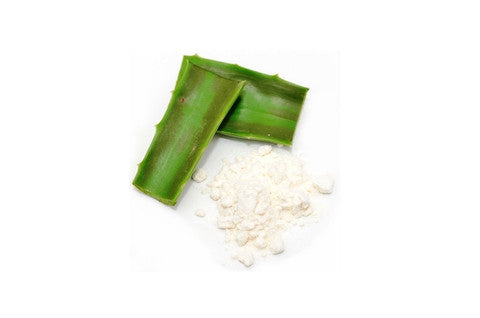Richard Drysift
Well-Known Member
Used up the first small batch already. We have a lot of plants in this house; not just mj. Turned out so well that we are in the process of making another even larger batch and I have a another huge aloe that will also be turned to FPJ. These are plants I had on my windowsill for 3-4 years. They were getting so top heavy they were tipping over as soon as the soil got dry. They both ended up on the floor so I cut them at the base so their babies can grow. Started out long ago as a small single aloe; her offspring are still going.
All the plants are nice and perky after getting the FPJ; will continue giving it to them weekly. I was giving aact as well so I was waiting for them to get solely the FPJ for a few weeks before taking some new pics. I’ll share them here tho
All the plants are nice and perky after getting the FPJ; will continue giving it to them weekly. I was giving aact as well so I was waiting for them to get solely the FPJ for a few weeks before taking some new pics. I’ll share them here tho










